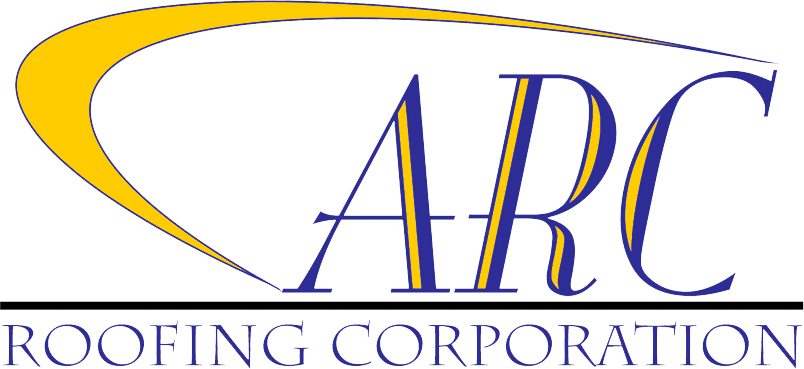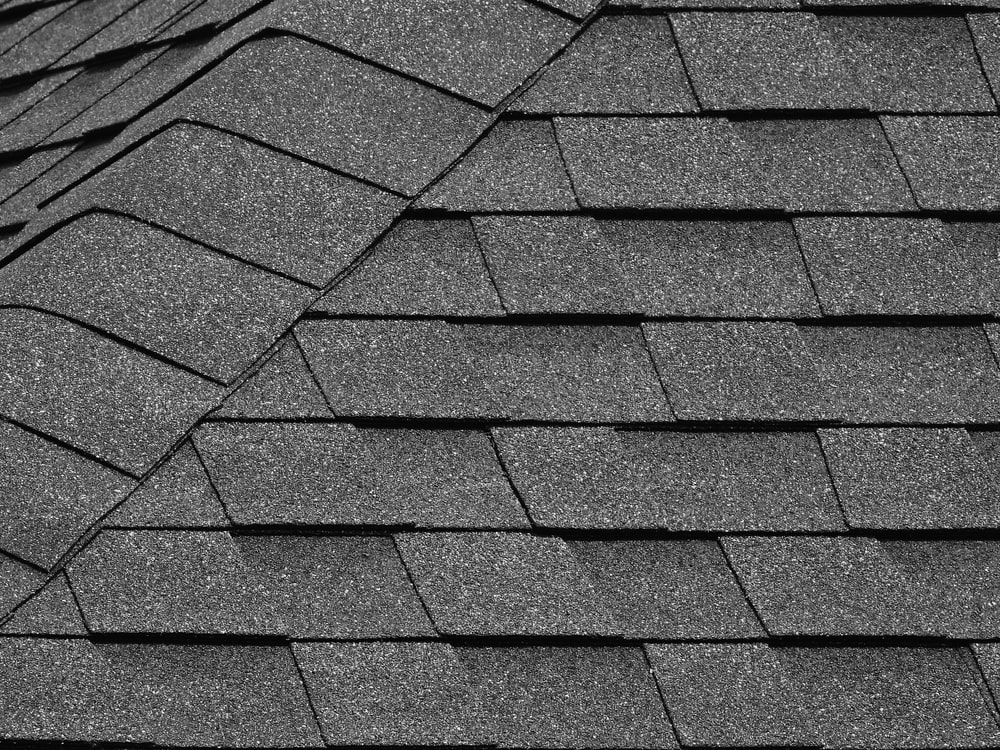As a homeowner, protecting your most valuable investment – your home – is paramount. And that includes keeping your roof in tip-top shape. Over time, even the most durable asphalt shingle roofs can accumulate dirt, grime, and unsightly growths like mold and algae.
While these may seem like purely aesthetic concerns, leaving them untreated can actually shorten the lifespan of your shingles and lead to costly repairs.
One question that often pops up is: Can bleach be used to clean asphalt shingle roofs without causing damage? The answer, like most things, is nuanced.
The Short Answer: Yes, but with Caution
Bleach, with its powerful oxidizing properties, can effectively remove dirt and discoloration caused by mold, mildew, and algae.
However, using it straight or in overly concentrated solutions can rapidly deteriorate the protective layer of shingle granules, leading to fading, discoloration, and a shortened lifespan.
Safety First: The Right Approach to Bleach Cleaning
To safely harness the cleaning power of bleach without harming your roof, follow these key steps:
- Gear Up: Before setting foot on your roof, prioritize safety. Wear goggles, gloves, sturdy footwear, and a secure safety harness.
- Dilute Wisely: Mix 1 part bleach with 1-2 parts water. Overly concentrated solutions are a recipe for disaster.
- Pre-wet Your Roof: Give your roof a gentle rinse with a garden hose to prevent streaking or spotting when you apply the bleach solution.
- Apply with Precision: Use a spray bottle to evenly coat the soiled areas, avoiding excessive runoff that can carry bleach onto landscaping or siding.
- Let it Work its Magic: Give the diluted bleach solution about 15-20 minutes to work its cleaning magic before rinsing.
- Rinse Thoroughly: Use a low-pressure garden hose to completely remove all bleach residue. Repeat if necessary.
Understanding How Bleach Cleaning Works
Proper maintenance, including regular cleaning, can extend the lifespan of asphalt shingles by up to 50% beyond their average 15-20 year lifespan.
Using a 50/50 bleach-water solution with proper rinsing poses minimal risk to asphalt shingles.
However, be careful with stronger concentrations and stress the importance of thorough rinsing to prevent damage.
Algae growth on roofs can significantly accelerate in warm, humid conditions. Prompt cleaning with a mild bleach solution can prevent significant damage and discoloration.
Video: All You Need To Know About Using Bleach To Clean A Roof
Beyond Bleach: Alternative Cleaning Options
While bleach can be an effective tool, it’s not the only option. Consider these alternatives:
Pressure Washing: Effective for heavy grime and moss build-up, but requires careful technique to avoid damaging shingles.
Soft Washing: A gentler approach using specialized chemicals and low-pressure application, ideal for delicate roofs or sensitive areas.
Professional Roof Cleaning: Hiring experienced roof cleaners ensures proper technique, safety, and the right cleaning solutions for your specific roof type and condition.
Resources for Informed Decisions
Manufacturer Recommendations: Check your asphalt shingle manufacturer’s website for specific cleaning guidelines.
Roof Cleaning Safety Tips: Occupational Safety and Health Administration (OSHA) offers helpful tips to stay safe while cleaning your roof.
Professional Roof Cleaning Services: Consider contacting reputable roof cleaning companies in your area for quotes and consultations.
By understanding the science behind bleach cleaning, using it responsibly, and exploring alternative options, you can keep your asphalt shingle roof looking its best and performing its vital protective role for years to come.
Remember, a clean roof is a happy roof, and a happy roof translates to a happy homeowner!






